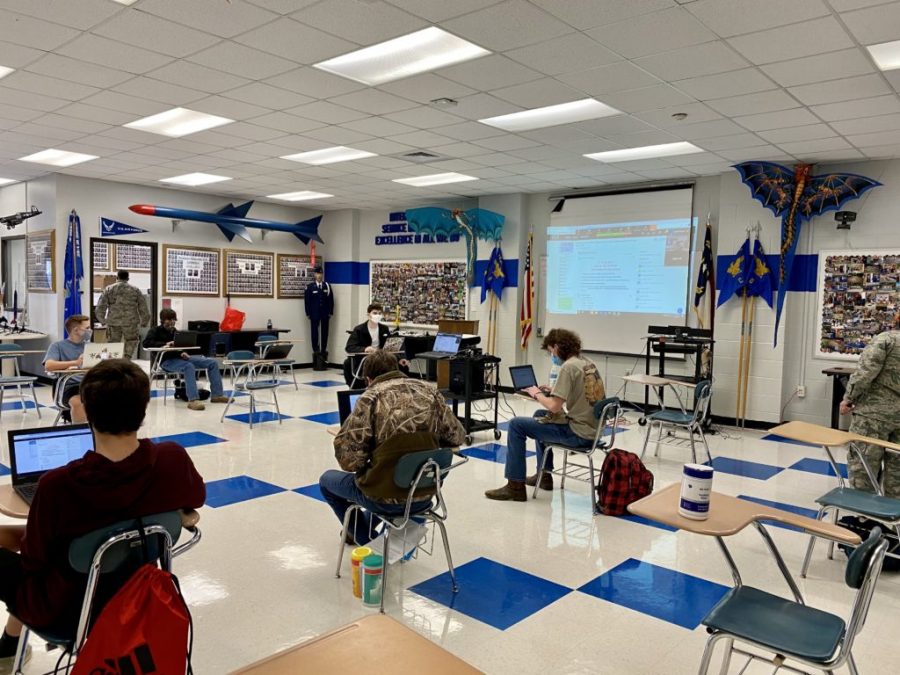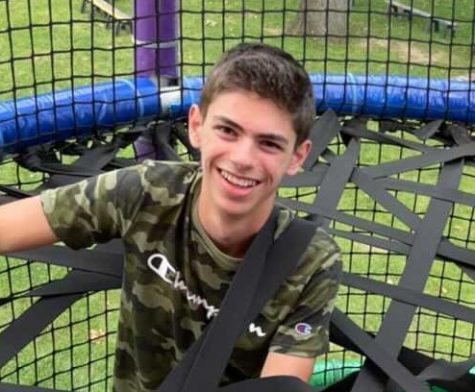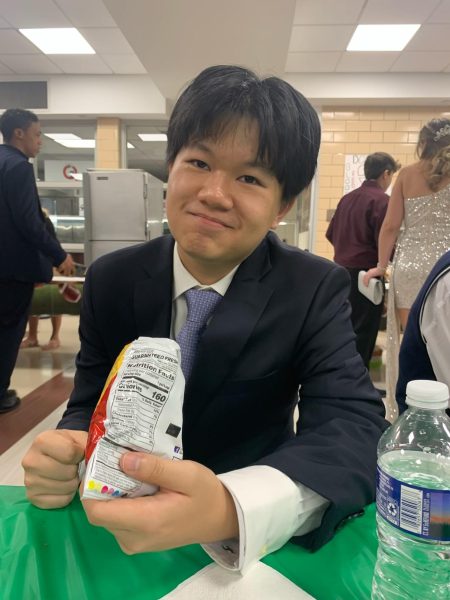Adjusting to In-Person Learning: Volume I
October 7, 2021
Burnt-Out
When the pandemic began, the 2019-2020 school year came to a dramatic halt. Schools were inadequately prepared for remote learning, and because everybody was figuring out how to adjust to this new academic world, schools drastically reduced the amount of work. Our schools even changed the grading system to recognize the struggles that students faced outside of the school environment, such as parents losing their jobs and the lack of socialization. The next school year, 2020-2021, teachers assigned more work than when the school first shut down in March of 2020, but the workload still remained relatively light.
Fast forward to the 2021-2022 school year… Due to school life beginning to return to normal, the workload is starting to resemble its pre-COVID levels. This is shining light on a major problem facing high schoolers this year. In the 2020-2021 school year, students rarely studied for exams, mainly due to the fact that teachers couldn’t control the unauthorized use of notes and websites for exams. This means that this year, high school students are quickly being thrown back into the world of studying for difficult tests, with little to no transition period, and some are having trouble adapting to this new reality.
Fortunately, this struggle could be of use in teaching teenagers how to adapt to major life and professional changes. For many professions, workloads are unpredictable, and employees can go from having an abundance of free time to twelve-hour workdays. Abington may not have risen to the challenge of preparing students for the abrupt increase in difficulty and workload of the 2021-2022 school year, but the change itself that students are enduring will, in the end, prepare us for the future.
Rise and Shine!
When asked about the virtual learning period, many students have acknowledged the conveniences contributing to the year’s silver lining. Although few in number, these benefits had a major impact on the livelihoods of the students here at Abington. Despite the harsh circumstances the pandemic created, sleep was one of the few things that students had an abundance of. Attending class from the comfort of home, and in many cases from the comfort of one’s own bed, was an attribute many students were just beginning to become accustomed to. This was due to the fact that students were not required to formally get dressed, walk to, or be on time for a bus to school allowing for more time to sleep in and relax.
However, when considering the consequences of these behaviors, one notable problem stands out. Student sleep schedules have drastically changed during the past 1.5 years of virtual learning, and for the worse. For the Class of 2024, there is about a two-hour gap between waking up during Junior High virtual school and Senior High in-person school. Adjusting to a new sleeping schedule takes time, and without proper measures, this may severely impact student learning and grades. Teachers should be considering these matters and use this knowledge to better aid students in adjusting and learning. Throwing students into a rigorous academic year without considering the mental and physical setbacks the pandemic created is the wrong choice.
Also, rather than issuing standardized testing and learning-loss assessments, we should focus on more proactive measures to counteract learning loss. A solution that has been overlooked thus far is the ability to find readily available student-teacher workshops and specialized tutors for students in need. Blame should not be solely placed on students, teachers, or the pandemic. Inaction is the root cause we should all be fighting against!



